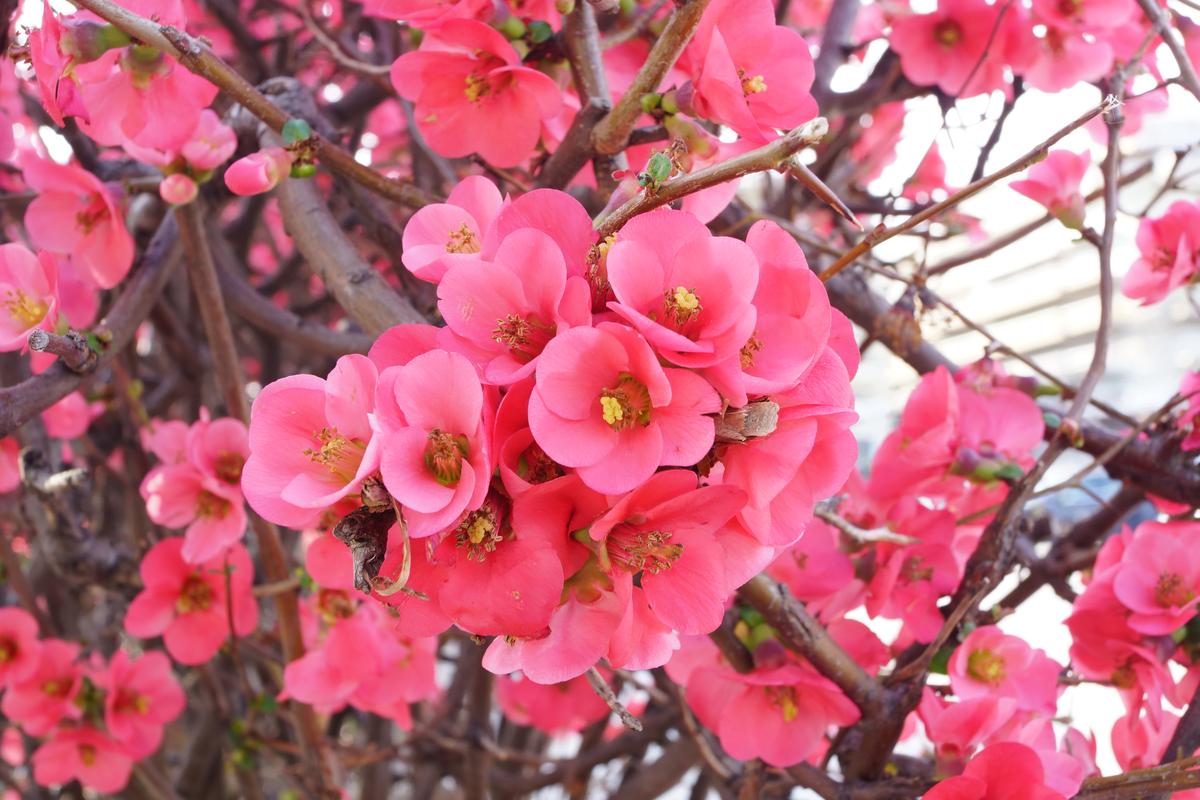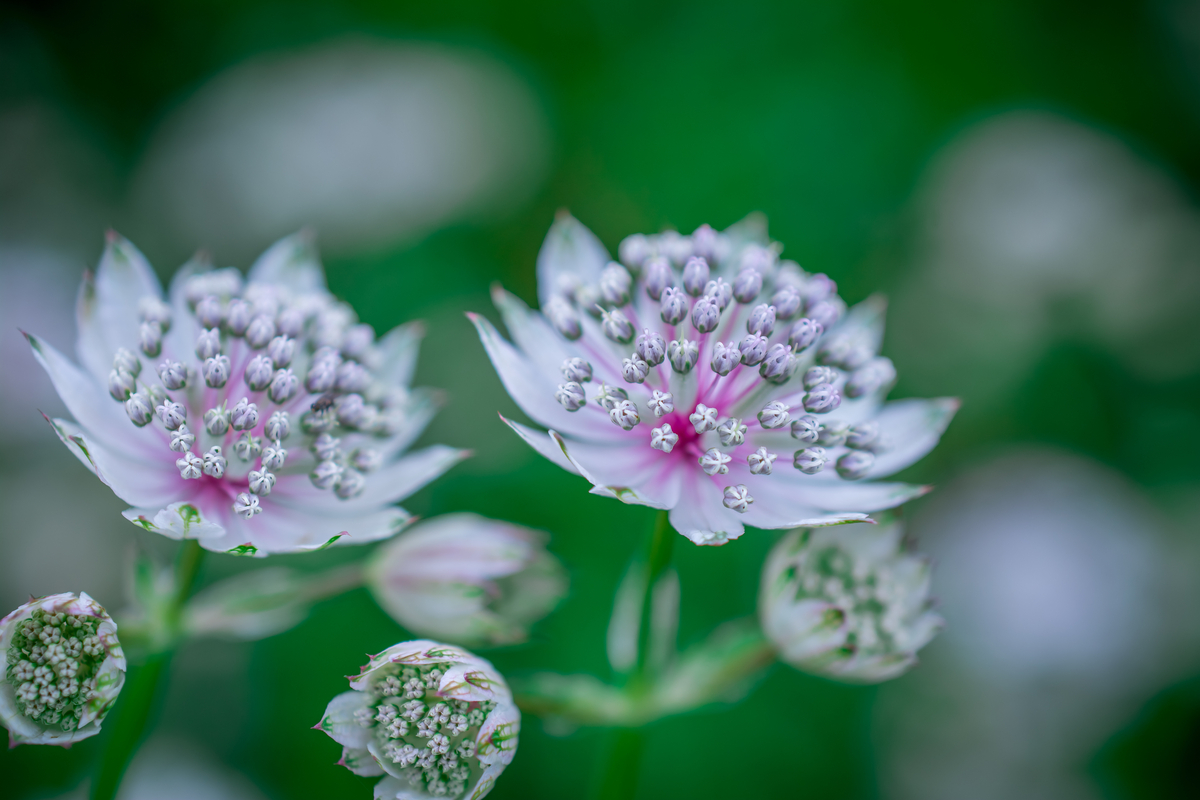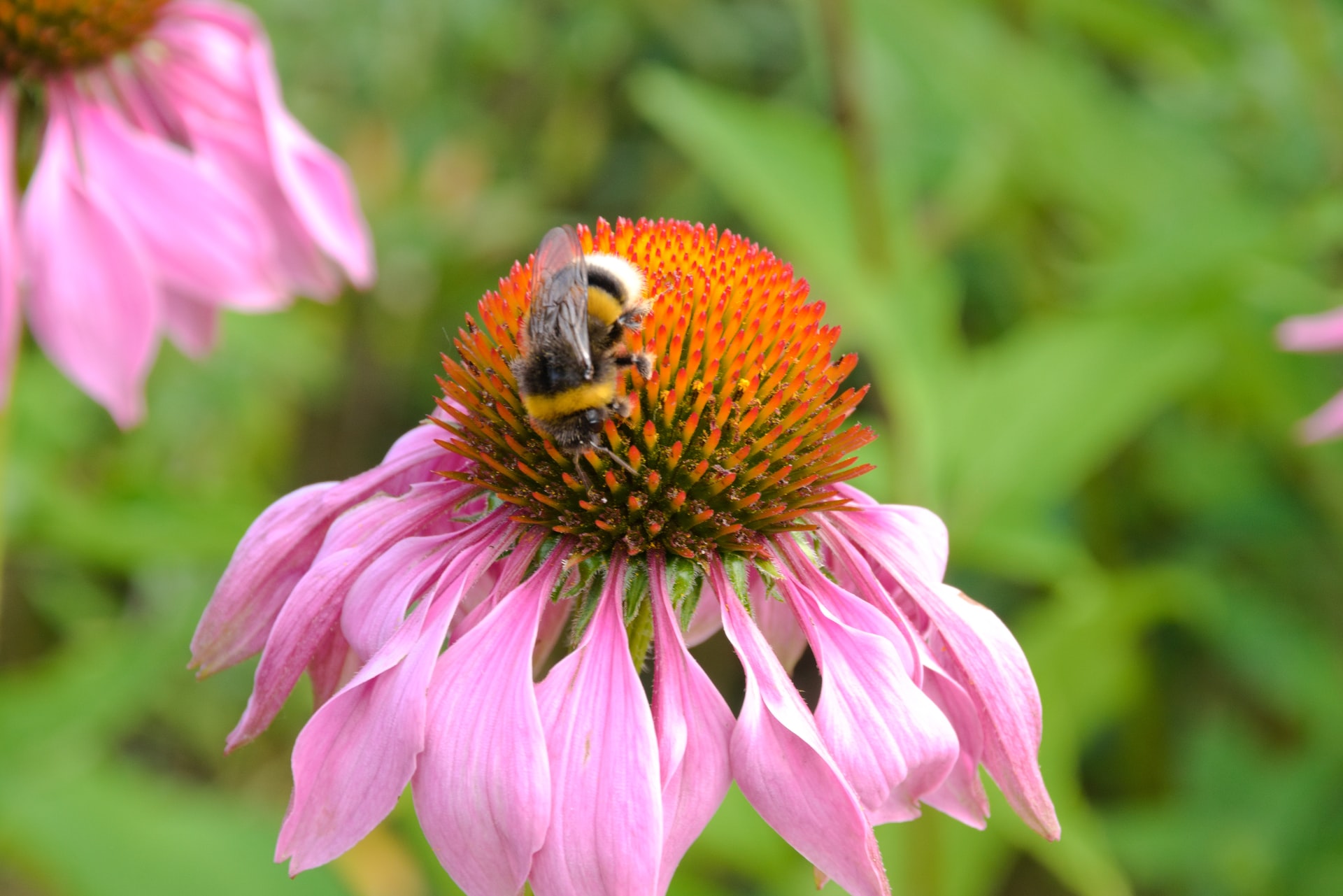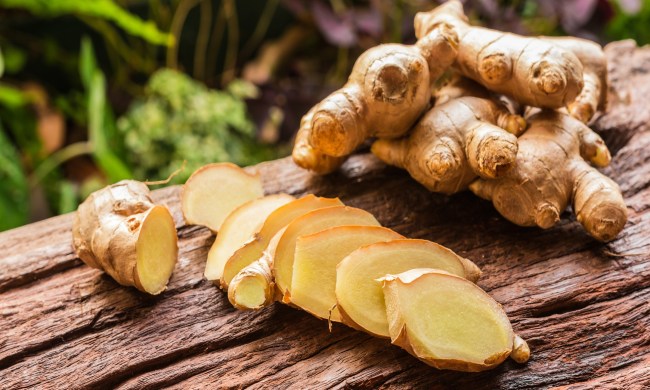Having a climate zone guide is essential in gardening, as various plants thrive in various every climates and seasons. Sometimes finding the right plant for you can be hard. This is especially true if you live somewhere dry. There are cacti, of course, and cacti can be cool, but what if you don’t want a standard prickly pear or aloe vera? If you want to end your gardening drought, here are some plants for you.
What are the best plants for dry soil?
The best plants for dry soil are cacti and succulents. However, the seven gorgeous plants that you came here to see are echinacea, lantana, gaillardia, flowering quince, astrantia, thalictrum, and epimedium.
- Echinacea, also called coneflower, is a lovely, brightly colored flower. It blooms for long stretches of time and is a favorite of pollinators and birds.
- Lantana comes in a variety of colors and blooms with clusters of little flowers. Lantana is remarkably easy to care for and is adaptable to containers.
- Gaillardia is also known as blanket flower, and it’s a native of North and South America. It comes in bright oranges and red, and the flowers last quite a while.
- Flowering quince is a shrub that blooms in shades of red and pink. A similar variety, the fruiting quince, is grown for its fruit that resembles a cross between a pear and an apple. The flowering quince doesn’t typically grow edible fruit, but it sometimes produces smaller versions, which smell sweet and delicious.
- Astrantia, or masterwort, is an extremely interesting flower. Its unique appearance and adaptability make it an easy conversation-starter.
- Thalictrum, the meadow rue family, grows tall and slender, but ends in clusters of tiny flowers. They’re delightful, whimsical, and come in purple, white, and yellow.
- Epimedium is another strange-looking plant to round out this list. It goes by many names, such as barrenwort, bishop’s hat, fairy wings, and horny goat weed. It comes in a wide array of colors and shapes, each more interesting than the last.
What types of plants are found in dry areas?
Plants that are drought-tolerant typically have some way of storing water more efficiently than other plants. This is usually, but not always, in the leaves. This is why cacti and succulents tend to have thick leaves. Drought-resistant plants will usually have thicker leaves with a leathery, fuzzy, or wax-like texture to them.
What can I grow in dry shade?
Of the plants listed above, astrantia, thalictrum, and epimedium do well in dry shade. Astrantia is adaptable to almost any condition, so while it prefers moisture, soil with a lot of organic matter, and a bit of morning sun, it will tolerate drought, standing water, full shade, and full sun. Astrantia is not a picky plant.
Thalictrum, similarly, is adaptable. It will tolerate full sun if it has plenty of water, but it is otherwise drought-tolerant in the shade. The only problem with this plant is that it occasionally needs staking, due to its height. If you grow several thalictrum close together, they can lean on each other for support.
Epimedium is a very forgiving plant. It resists most diseases and pests, with the only real problem coming from weevils in soggy soil. Although it prefers moist soil, it’s drought-tolerant in mild climates and prefers early morning sun.
What can you grow in a hot, dry garden?
Echinacea, lantana, gaillardia, and flowering quince are all sun-loving and drought-tolerant plants. Echinacea is very low-maintenance, so low-maintenance, in fact, that many of the care instructions are considered optional. You can cut it back in the fall, or leave it and let it self-seed or let the birds eat the seeds. You can plant it in spring or fall. You can add compost, or leave it be.
Lantana also requires very little care. As long as it has well-draining soil and a lot of sun, this beauty will flourish and let you take all the credit. This plant only has significant problems if it doesn’t get enough sun.
Gaillardia thrives in the hot sun and is extremely drought-tolerant. It also tends to do better in poor soil than in rich, so go easy on the fertilizer! This plant is very hands-off, which makes it an excellent starter plant for beginners or children.
Flowering quince is an excellent plant if you’re looking for something taller. This shrub can grow up to 10 feet tall and loves full sun. Quince flowers bloom in early spring, making it just the thing to brighten up a yard.
Now that you know about these seven lovely plants for dry areas, nothing can stop you from gardening to your heart’s content! No matter your climate zone or experience level, there’s a plant out there that’s perfect for you.






